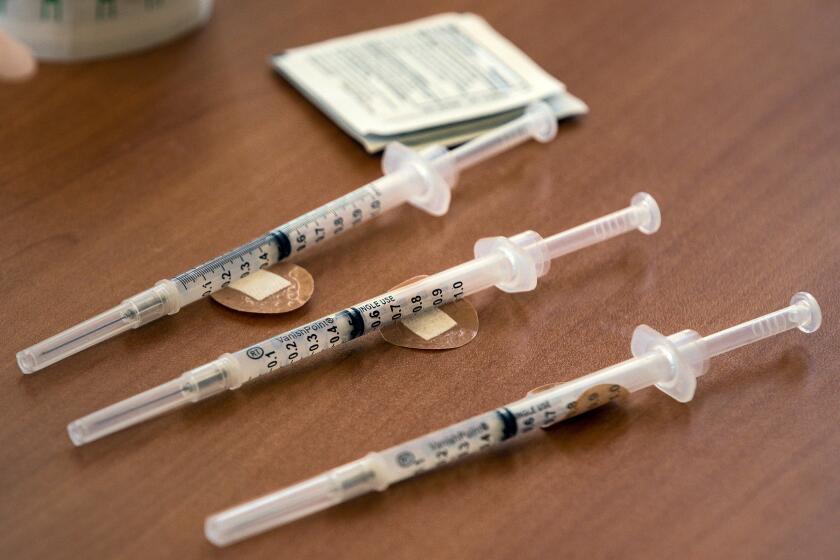Medicare has changed for 2023. Here’s what is new

A new year means changes to Medicare, including updated premiums and deductibles and sometimes big policy moves. In 2023, there’s a little of everything: Some costs have gone down, others have increased, and there are some notable tweaks to how Medicare works.
Understanding what’s new can help you get the most from your Medicare benefits. Here are some key 2023 updates, according to the Centers for Medicare & Medicaid Services.
Part B costs have gone down
Medicare Part B is medical insurance that covers needs including doctor visits and durable medical equipment, such as wheelchairs and walkers. Everyone pays a Part B monthly premium, even people with Medicare Advantage plans.
In 2023, the Part B standard premium is $164.90 per month, down from $170.10 per month in 2022. If you have a higher income, you may pay more. The Part B deductible dropped to $226 in 2023, down from $233 in 2022.
Part A costs have gone up
Medicare Part A is hospital insurance that covers inpatient stays in a hospital or skilled nursing facility. Most people don’t pay a premium for Part A , but for those who do, those premiums increased to $506 per month, up from $499 in 2022. And the deductible for a hospital stay is $1,600 in 2023 for each benefit period, up from $1,556 in 2022.
Medicare, Medigap, Medicare Advantage — the choices can be overwhelming. And changing your mind can be expensive.
Copays for inpatient stays in hospitals and skilled nursing facilities are also up. These are the costs per benefit period:
— $400 a day for days 61 to 90 in a hospital (up from $389).
— $800 per “lifetime reserve day” after Day 90 in a hospital, up to a limit of 60 days in your lifetime (up from $778).
— $200 a day for days 21 to 100 in a skilled nursing facility (up from $194.50).
Insulin costs are capped
New this year, insulin costs are limited to $35 a month for Medicare beneficiaries, and there is no deductible. Although the change went into effect Jan. 1, plans have a deadline of March to put this system in place. If you pay more than $35 a month for insulin in January and/or February, ask your plan about reimbursement for the overage.
Starting in July, insulin used with a traditional pump covered by Medicare will also be capped at $35 for a month’s supply.
California Atty. Gen. Rob Bonta said that Eli Lilly, Sanofi and Novo Nordisk are finding ways to “aggressively hike” the price of insulin at the expense of many patients.
Medicare start dates have shifted
It used to be that for certain Medicare sign-up times, your coverage started two to three months later, which could cause gaps in healthcare. Starting this year, those dates have changed.
If you sign up for Medicare the month of your 65th birthday or during the three months after, your coverage now starts the month after you sign up. Similarly, if you sign up for Medicare during the general enrollment period from Jan. 1 to March 31 each year, your coverage starts the next month. (It used to start July 1.)
Shingles vaccines are covered
All adult vaccines covered under Medicare Part D and recommended by the Advisory Committee on Immunization Practices are now covered in full. This includes the shingles vaccine and the tetanus-diphtheria-whooping cough vaccine. Previously, those vaccines may have been subject to deductibles and cost sharing.
Medicare Advantage plan ratings are lower
Each year, the Centers for Medicare & Medicaid Services gives every Medicare Advantage plan a star rating ranging from 1 to 5, with 5 being excellent. Overall, the average star rating for Medicare Advantage plans, weighted by enrollment, is 4.15 in 2023, down from 4.37 in 2022. This change doesn’t mean quality has dropped.
In fact, last year’s plan ratings were unusually high because of a pandemic policy that applied a natural disaster exception to all Medicare Advantage plans — instead of just the ones in areas affected by something like a hurricane or flood. As a result, plan ratings in 2022 were higher than usual, and this year’s correction probably represents a truer rating of plans.
Moderna and Pfizer have announced plans to quadruple the price of their COVID vaccines, putting them out of reach for millions. The U.S. should step in.
End-stage renal disease drug coverage
Medicare beneficiaries with end-stage renal disease used to lose their benefits 36 months after a kidney transplant, unless they were otherwise eligible for Medicare. But starting in October, they could apply for immunosuppressive drug coverage through a new benefit called Medicare Part B Immunosuppressive Drug, or Part B-ID, which started Jan. 1.
The premium for this benefit is $97.10 a month in 2023. This benefit covers only continuous immunosuppressive drugs, and these beneficiaries cannot have other health coverage.
Kate Ashford is a writer at personal finance website NerdWallet. This article was distributed by the Associated Press.
More to Read
Inside the business of entertainment
The Wide Shot brings you news, analysis and insights on everything from streaming wars to production — and what it all means for the future.
You may occasionally receive promotional content from the Los Angeles Times.













